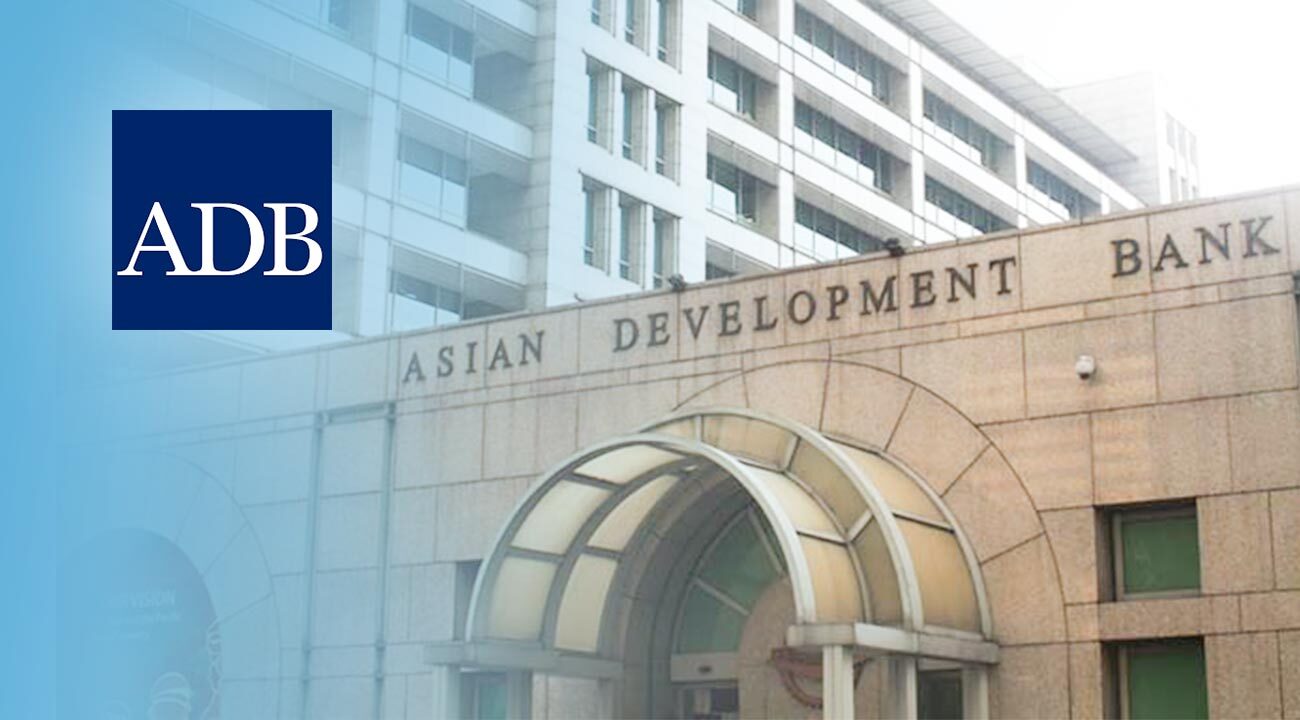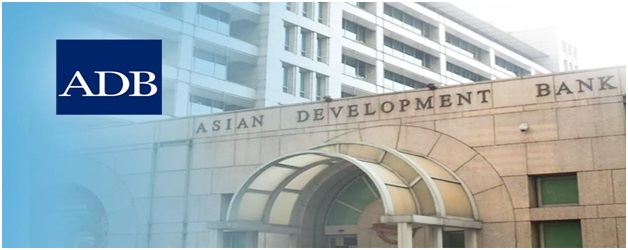Asian Development Bank (ADB)

- 13 Apr 2024
Why is it in the News?
The Asian Development Bank (ADB) recently raised its forecast for India’s GDP growth in the current fiscal year ending on March 31, 2025, to 7%, from 6.7% earlier, citing robust public and private investment as well as expectations of a gradual improvement in consumer demand as the rural economy recovers.
What is the Asian Development Bank?
- The Asian Development Bank (ADB) is a global development finance agency whose aim is to help developing member countries in reducing poverty and improving people’s quality of life.
- It came into existence in 1966 and it is headquartered in Manila, Philippines.
- It aids in pushing social and economic development by providing loans, technical assistance, grants, and equity investments.
- ADB is owned and financed by its 68 members, 49 of whom are from the Asia-Pacific region.
- ADB’s key partners are governments, the commercial sector, non-government organizations, development agencies, community-based groups, and foundations.
- ADB will follow three complementing strategic agendas: inclusive growth, ecologically sustainable growth, and regional integration, as outlined in Strategy 2020, a long-term strategic framework approved in 2008.
- The major objective of the Asian Development Bank is to ensure market prosperity and enhance collaboration among Asia-Pacific countries.
- The ADB oversees significant projects within the region and sometimes raises funding through international bond markets.
- To promote development, the Asian Development Bank provides grants, loans, technical support, and equity investments to its developing member nations, the private sector, and public-private partnerships.
- They also use co-financing activities to supply support while tapping official, commercial, and export finance sources.
- Members and associate members of the international organization Economic Commission for Asia and the Far East are eligible to affix the ADB.
- Other regional and non-regional developed countries that are members of the United Nations or any of its specialized agencies are eligible.
Who Controls the Asian Development Bank?
- The ADB is run by a board of governors, which represents the member countries of the ADB.
- As of 2022, ADB's five largest shareholders are Japan and the United States (each with 15.6% of total shares), the People's Republic of China (6.4%), India (6.3%), and Australia (5.8%).
Funding Sources:
- The ADB sustains its operations through various channels, including member contributions, earnings from lending activities, and the repayment of loans.
Asian Development Bank (The Hindu BusinessLine)

- 15 Nov 2023
Why in the News?
The central government recently signed a USD 400 million policy-based loan with the Manila-based Asian Development Bank (ADB) to support its urban reform agenda to create high-quality urban infrastructure, improve service delivery, and promote efficient governance systems.
About Asian Development Bank (ADB):
- The Asian Development Bank (ADB) is a regional development bank headquartered in Manila, Philippines.
- It was established in 1966 to promote economic development and cooperation in Asia and the Pacific.
- The ADB's primary goal is to reduce poverty in its member countries.
- The bank provides loans, grants, technical assistance, and policy advice to its member countries.
- It also mobilizes private sector investment through its private sector arm, the Asian Development Bank Private Sector Operations.
- It has 68 member countries, including 49 countries in Asia and the Pacific, and 19 non-regional developed countries.
- The ADB's annual lending volume is around $32 billion.
- As of 2022, ADB's five largest shareholders are Japan and the United States (each with 15.6% of total shares), the People's Republic of China (6.4%), India (6.3%), and Australia (5.8%).
- Source of Funding: It relies on member contributions, retained earnings from lending, and the repayment of loans for the funding of the organization.
The bank's strategy is focused on four key areas:
- Promoting sustainable growth: The ADB is committed to supporting its member countries in achieving their sustainable development goals by financing infrastructure, clean energy, and climate change mitigation and adaptation projects.
- Tackling poverty and inequality: The ADB is providing financing for education, health, social protection, and other programs that benefit the poor and vulnerable to reduce poverty and inequality in its member countries.
- Strengthening regional cooperation: The ADB is promoting regional cooperation and integration in Asia and the Pacific.
- The bank is supporting its member countries in developing regional infrastructure, trade, and investment projects.
- Responding to crises and disasters: The ADB is helping its member countries prepare for and respond to crises and disasters by providing finances for disaster risk reduction and resilience projects.
